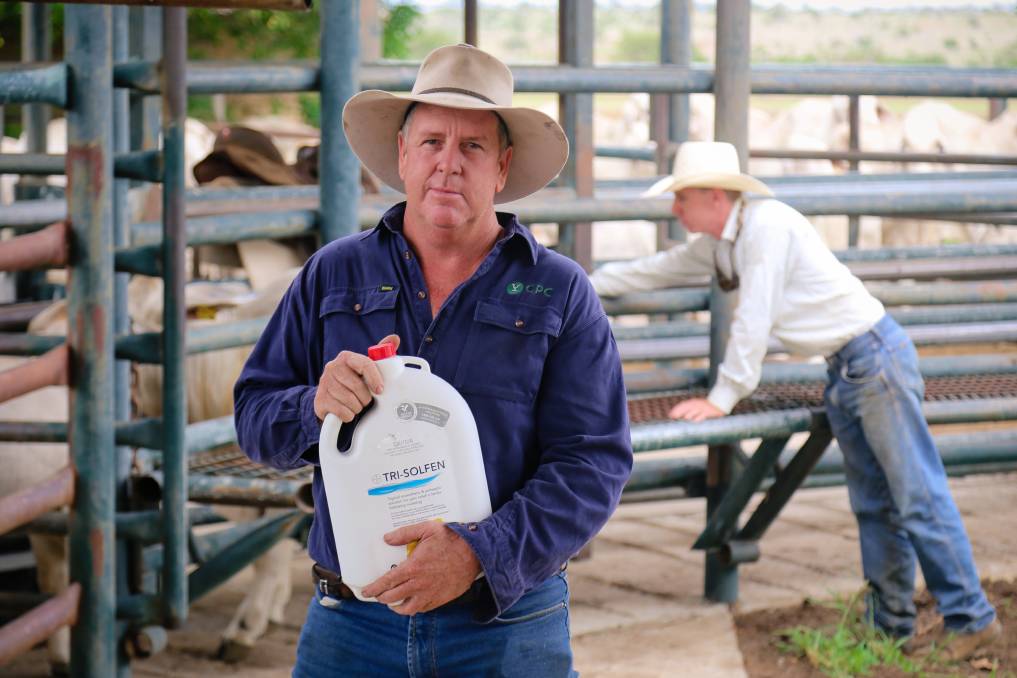Ensuring animal welfare on the farm, start with a plan
February 5, 2014
First in a three-part series.
It’s every farmer’s worst nightmare, animal mistreatment.
Add on top of that allegations from an animal rights group and the nightmare gets worse. Animal welfare is not just the responsibility of the employees or animal handlers; it starts from the top down with the owner and herd manager.
Assess risks on the farm and start with a plan advises Tina Kohlman, UW-Extension Fond du Lac County dairy and livestock agent, at the Dealing with Compromised Cattle Workshop held Jan. 23 in Fond du Lac.
Producers need to take a step back and evaluate or create an animal welfare plan, along with standard operating procedures (SOPs) and protocols for varied situations.
Less than 1 percent of the population is involved in production agriculture, meaning they have little to no knowledge about how a farm operates. Animals are known as pets or seen at the zoo.
“We are talking about 99 percent of the population that doesn’t know what production agriculture is about. Therefore, they don’t have the values and beliefs we have [toward animals],” Kohlman says.
Consumers now are expecting more from farmers, in terms of food quality, animal care and environmental stewardship. They want to know where their food came from, how it was grown and cared for, and later processed.
“Animal rights are a philosophy, a philosophy that animals have the same rights as humans do,” Kohlman explains.
Brambel’s Five Freedoms, put together by European animal scientists, lists the following as the basic freedoms of farm animals: freedom from hunger and thirst, discomfort, pain, injury or disease, ability to express innate behaviors, and freedom from fear and distress.
It’s safe to say that most farms meet this list in the way they house, manage and feed their animals, Kohlman says. But, what is animal welfare?
The American Veterinary Medical Association defines that an animal is in a good state of welfare, based off of scientific evidence, when animals are healthy, comfortable, well nourished, safe, able to express innate behavior and not suffering from any unpleasant states such as fear, pain or distress.
This all seems pretty simple, but everyday situations on the farm can lead to animal care issues. The first that comes to mind is untrained employees and lack of understanding in cattle handling, but the list goes on.
Financial distress, apathy or laziness, environmental disasters and failure to provide adequate care are all problems that can breach animal welfare standards.
“The health of all animals and animal groups should be maintained through preventative care programs augmented by rapid diagnosis and treatment when necessary,” according to the National Dairy Animal Well-Being Initiative, 2008.
Farms should have a sound veterinary-client-patient-relationship, herd health plan; protocols for procedures can induce pain, management protocols for special needs animals and euthanasia guidelines.
Prevent future problems with proper planning in herd health.
“You need to train all new employees for two to three days and continuously refreshing that training,” Kohlman explains. “Train them hands-on so they know how to do the tasks that they will have to use.”
Manage oversight responsibilities and delegate these to the correct employee.
Create SOPs so employees have a reference for tasks at hand, but make them detailed enough so anyone can walk onto the farm and know how to perform the procedures, Kohlman says. With this, have protocols in place for animals that require special attention and those who become compromised.
“Demonstrate these protocols, engage them. Follow through and follow up. Do what you say, because their memories are long and they are going to remember,” Kohlman explains. “If they see you doing good things, they will reciprocate that.”
Setting up the animal care plan starts will assessing risk areas for a compromise to occur. These can be facility set-up, weather conditions or cow groups, to name a few.
Involve the farm staff in the animal-care plan creation so that they can have input and know exactly what is expected.
Anytime that cattle are being handled, employees and cattle are put in a position where animal welfare could be at risk.
“One of the things that we can do is to ensure that animals are stress free as we move them,” Kohlman suggests.
Be patient and move slowly, especially around older or lame cows.
Any equipment used for moving, birthing, vaccinating or otherwise need proper training in usage.
“Are they trained in using this equipment?” she asks. “Or have they just watched someone else do it over and over again? They need to be able to do it themselves.”
Employees should know when to help and when to call in professional veterinary services.
Producers along with employees carry responsibility for preventing deviations from the animal care plan.
